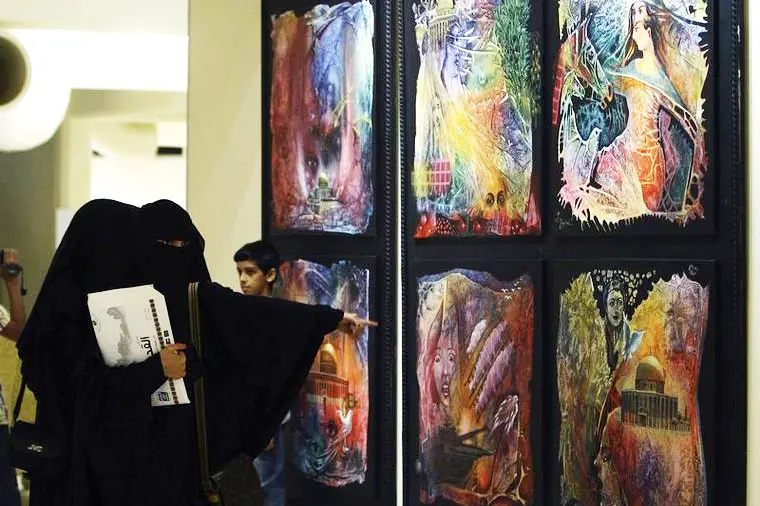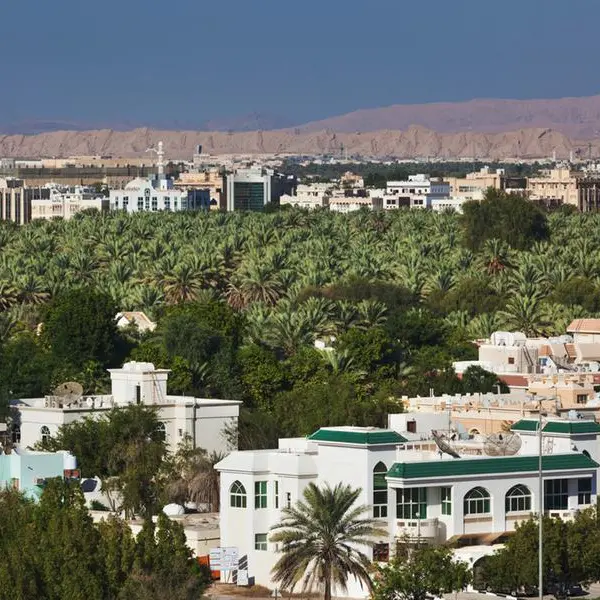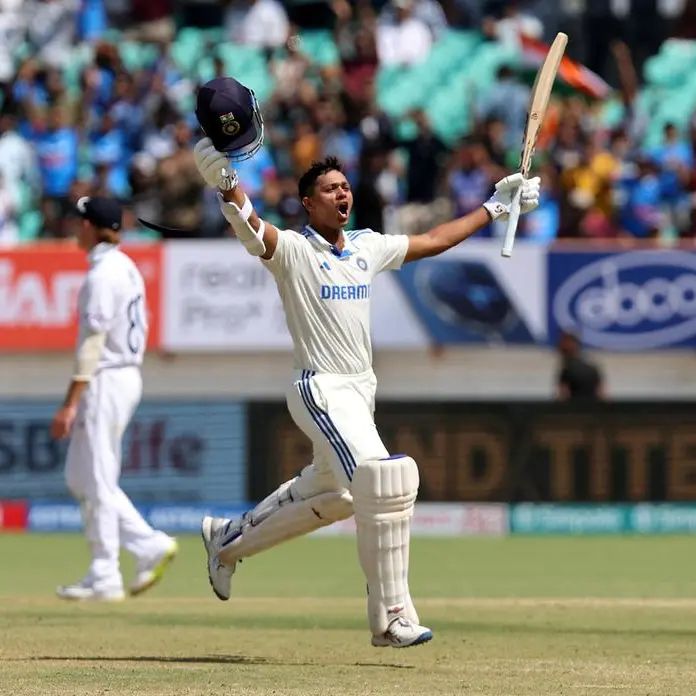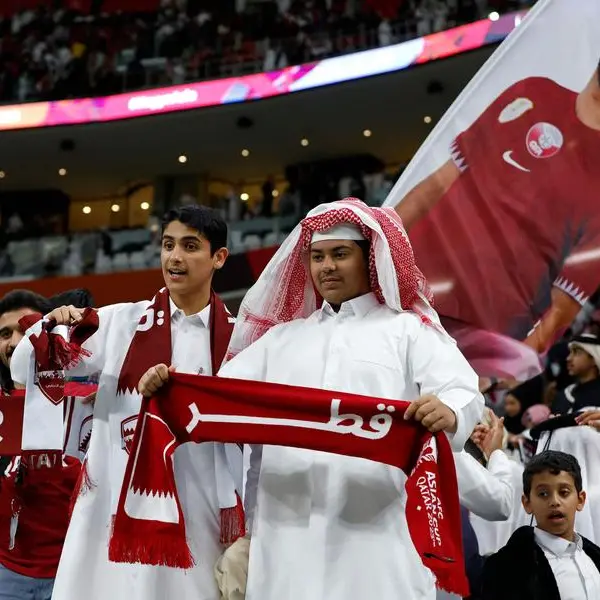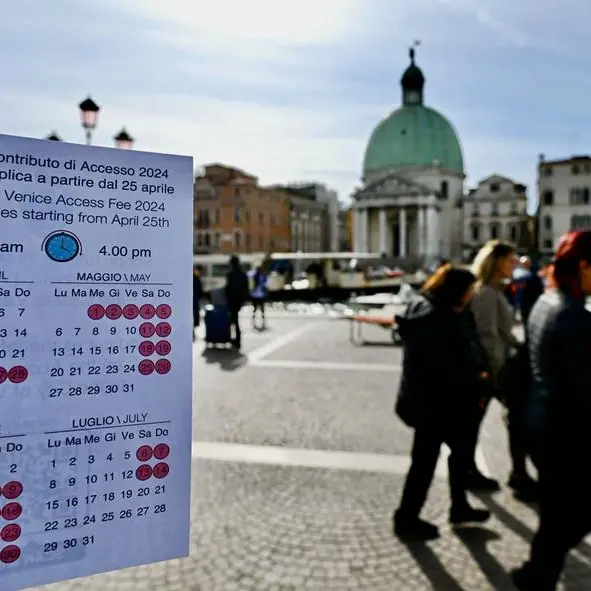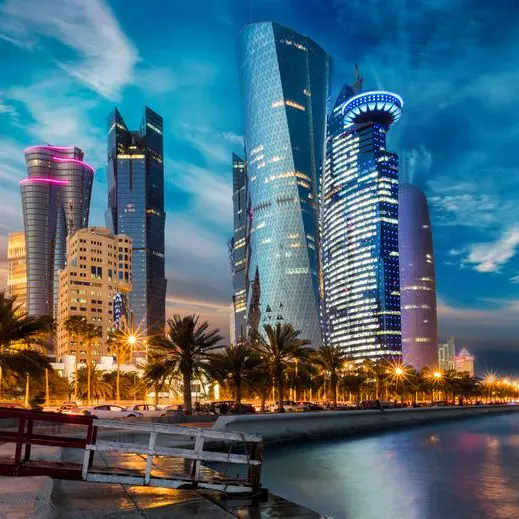PHOTO
Located in Umm Al-Hamam Al-Gharbi in Riyadh, the new space prides itself on being what it calls a “multifunctional hub,” which includes an art gallery on the ground floor as well as a library, and a concept store selling abayas, perfumes, design objects and stationary with a café on the second floor.
Its founder, Neama Al-Sudairi, who also sits on the board of the Misk Art Institute, wanted to establish a space that would complement the rapidly developing Saudi art scene.
“Lakum is dedicated to nurturing emerging and established artists and designers from Saudi Arabia, the greater Middle East and globally, providing them with exhibition opportunities and a creative business accelerator program, as well as organizing education programs for the general public,” she told Arab News.
Its opening exhibition features the work of revered Saudi artist Ahmed Mater. Titled “Prognosis: 1979-2019,” it draws inspiration from the artist’s forthcoming book, which explores his personal biography alongside historical events that occurred in the Kingdom and the wider Middle East during those years.
It features seminal works by the artist, originally a physician from Abha in the southern part of the country, made over the past several decades, notably from his “Evolution of Man” series (2010), presenting X-rays that mutate from a petrol pump into a skeleton and then to a man holding a gun to his head, exploring the environmental and social risks of oil and its ability to spiral into destruction. There is also a work from his “Magnetism” series (2009), showcasing a crisp black and white miniature diagram of the Kaaba in Makkah.
The exhibition was curated by Sara Raza, formerly the Guggenheim UBS map curator for the Middle East and North Africa.
“Ahmed and I have worked over the last year and half in extremely complex conditions to create a narrative that not only functions as a semi mid-career retrospective slice into his practice but that also intertwines with Saudi history,” Raza told Arab News. “As such the works on view cross between histories and new and older works.”
She said that a hybrid program of talks will augment the exhibition, featuring historians, architects and cultural practitioners from around the world.
Through Mater’s work, incorporating used objects such as cassettes and VHS tapes, as well as television, CCTV footage and social media, the exhibition, on view until Feb. 8, 2022, documents the past 40 years in the Kingdom — taking visitors from the analog period to the digital era.
Copyright: Arab News © 2021 All rights reserved. Provided by SyndiGate Media Inc. (Syndigate.info).
